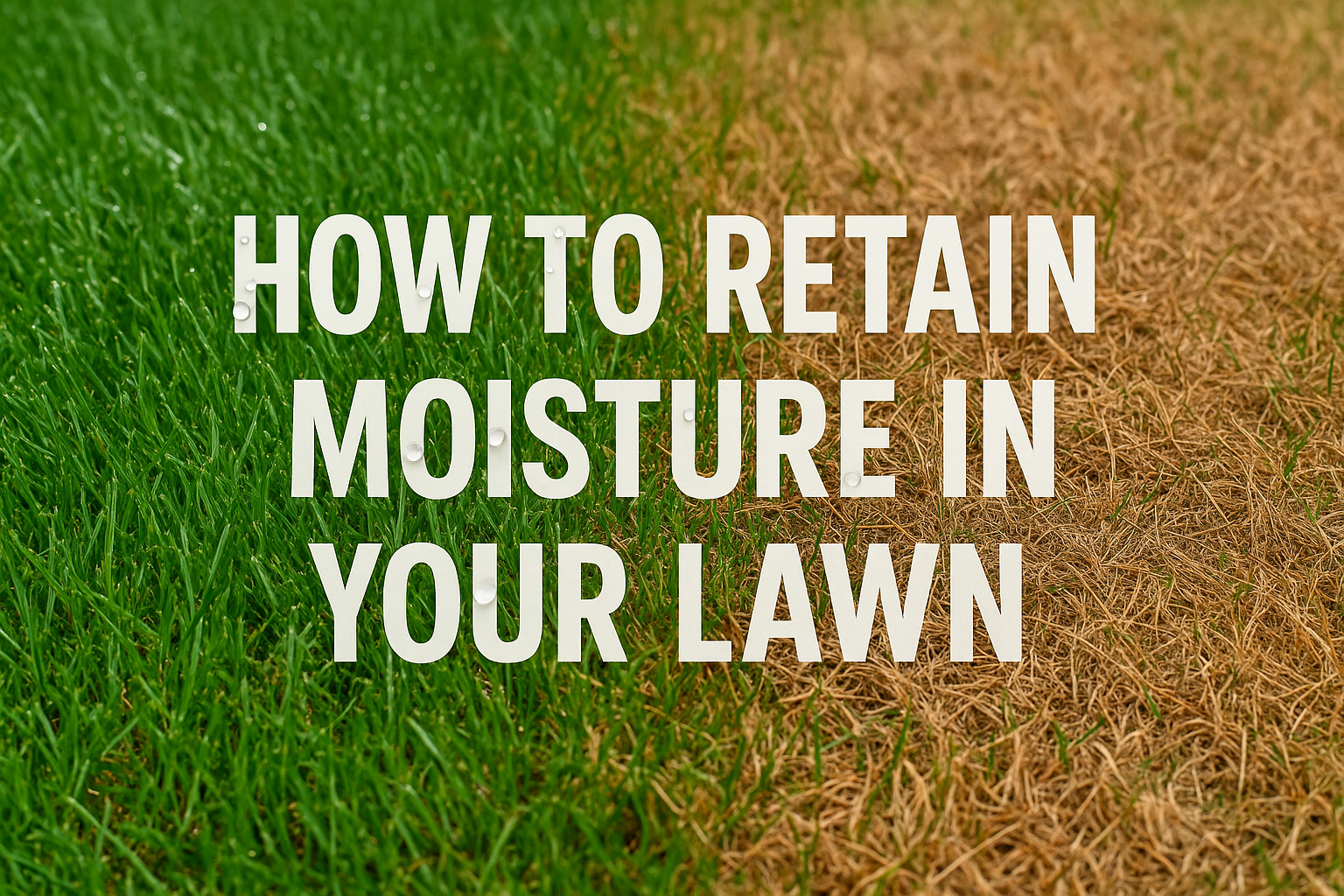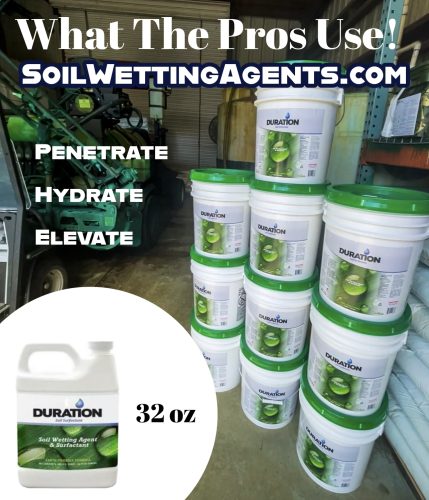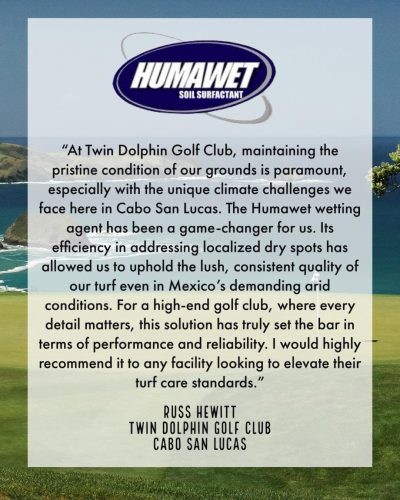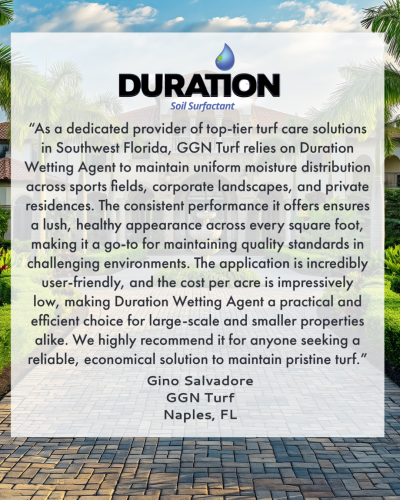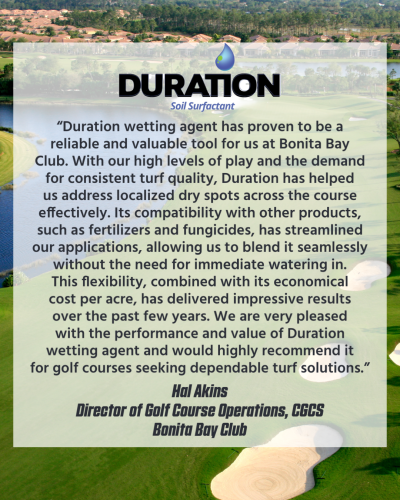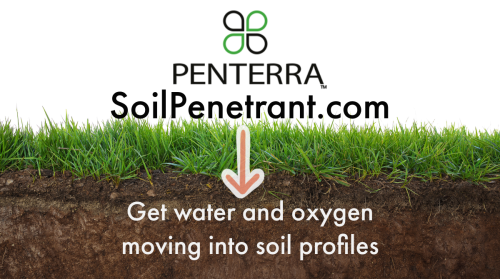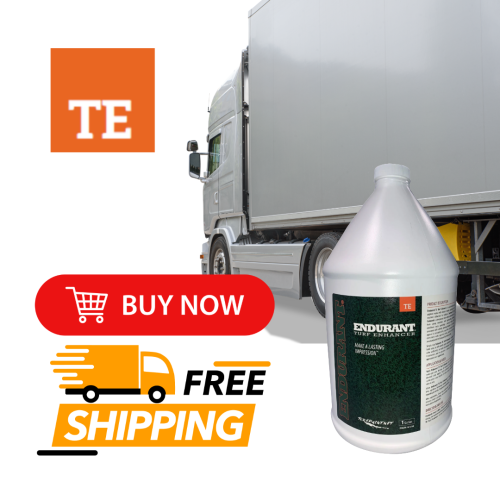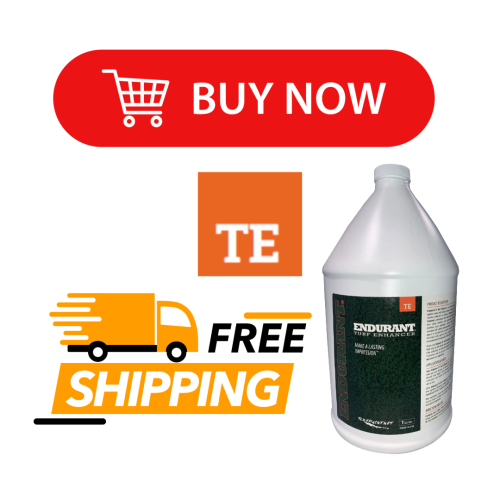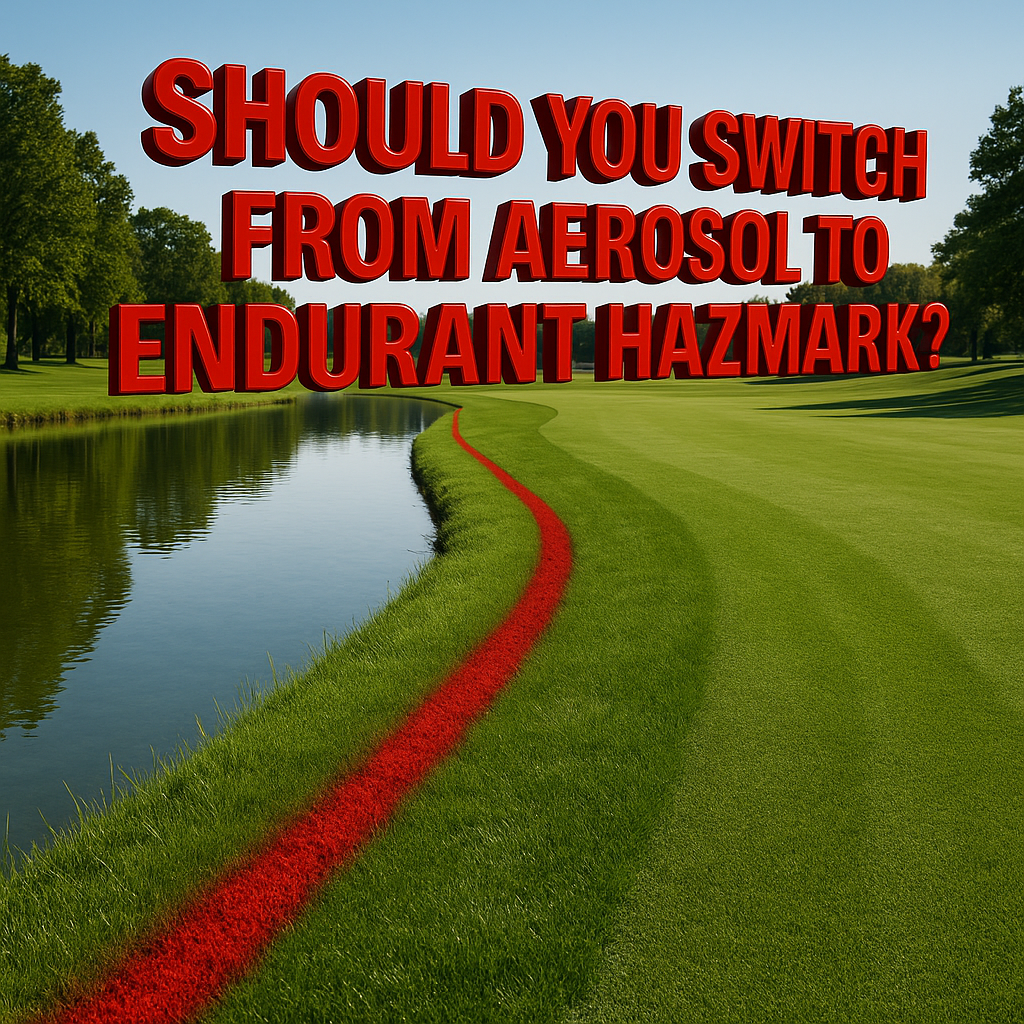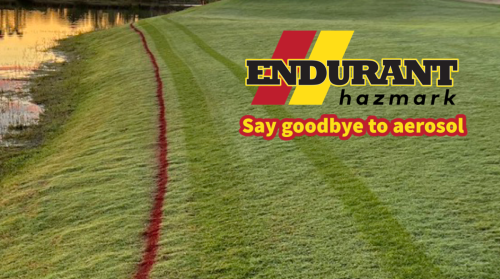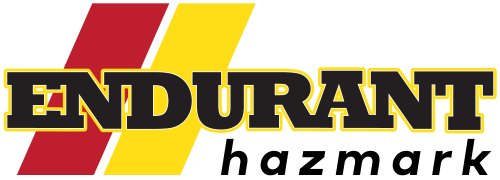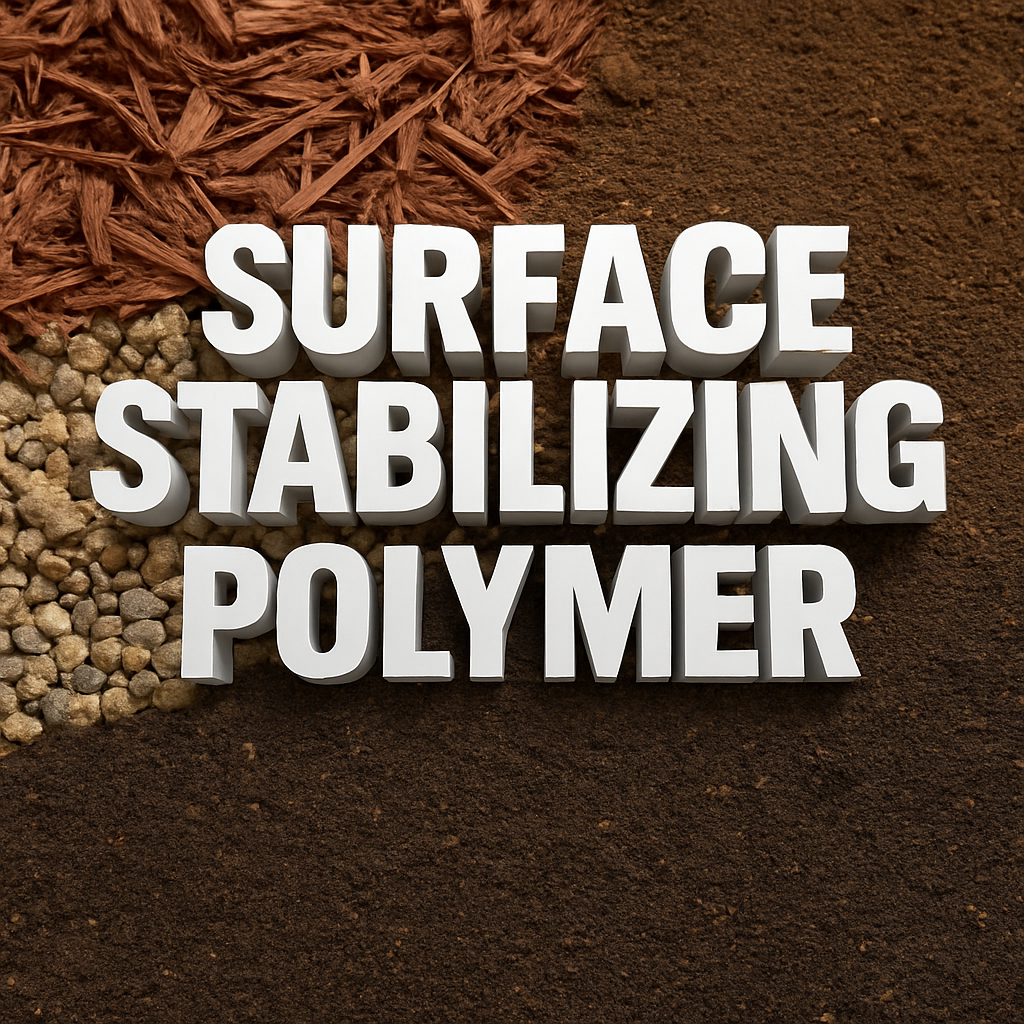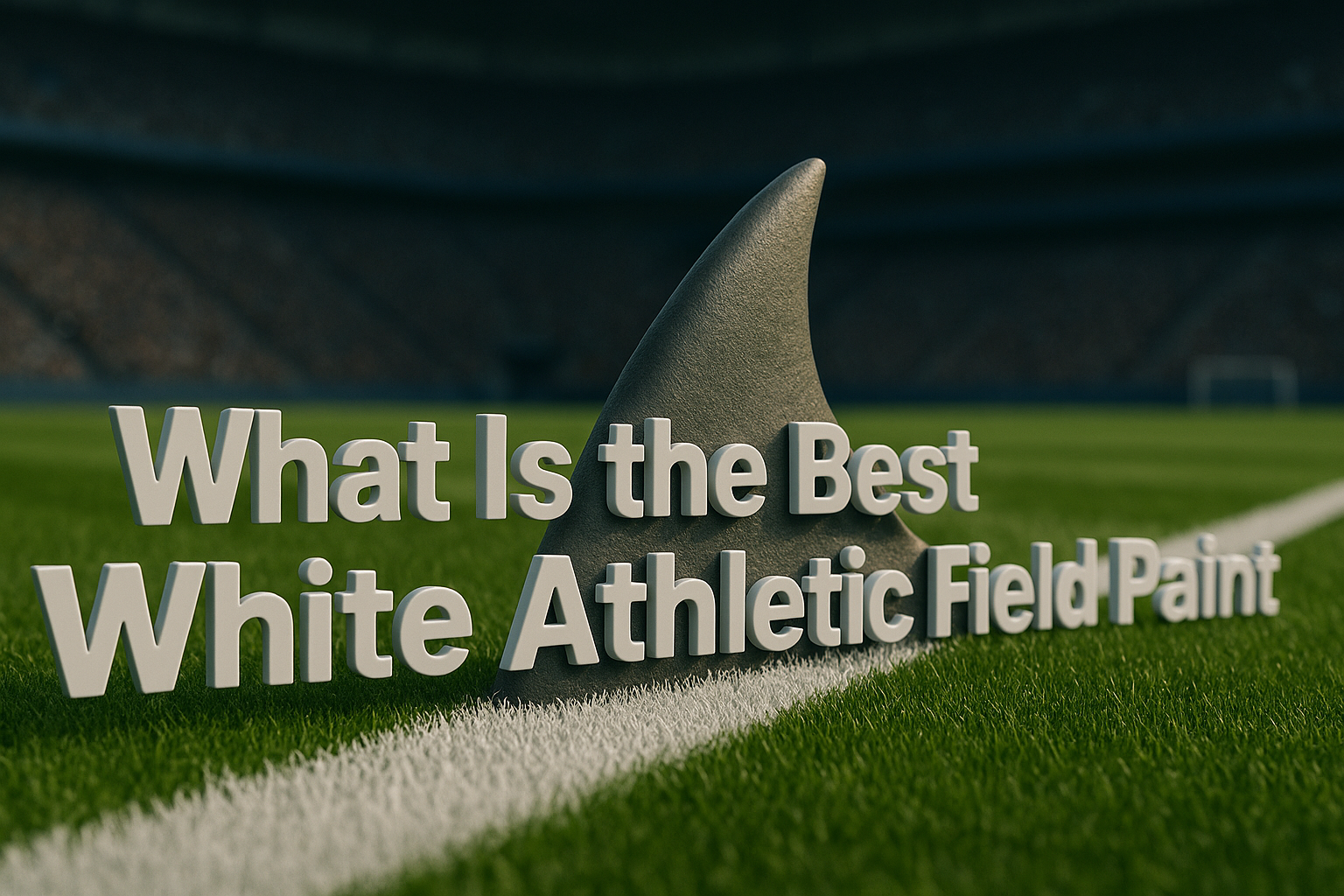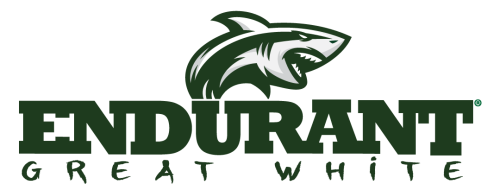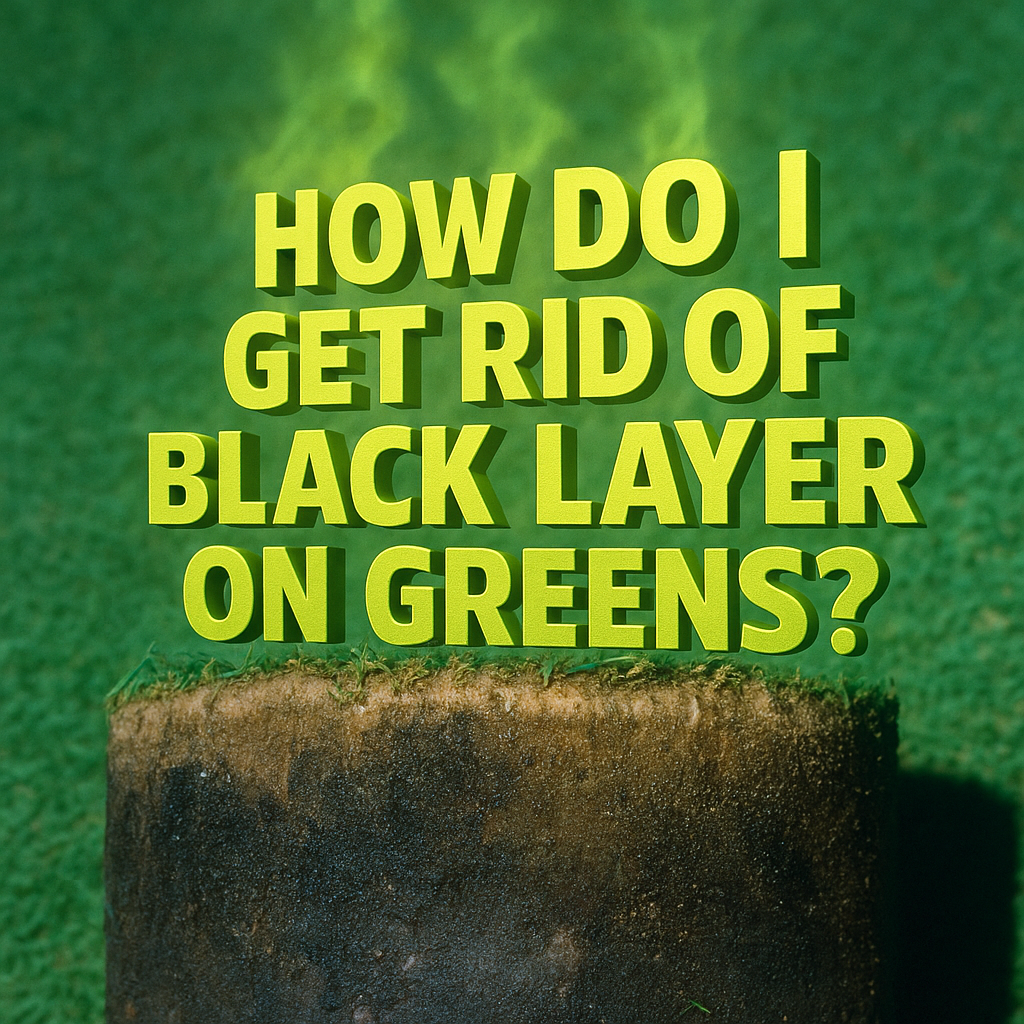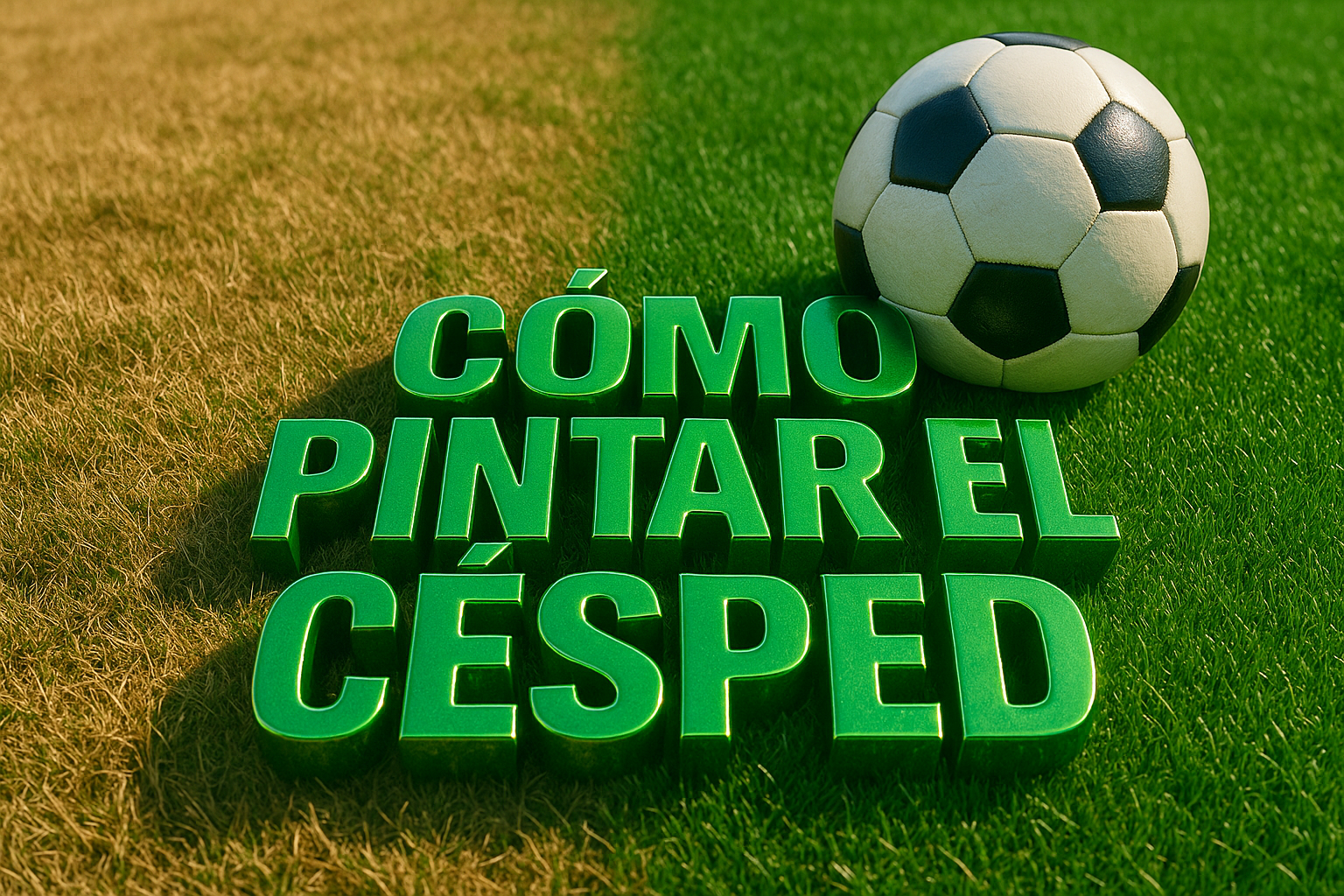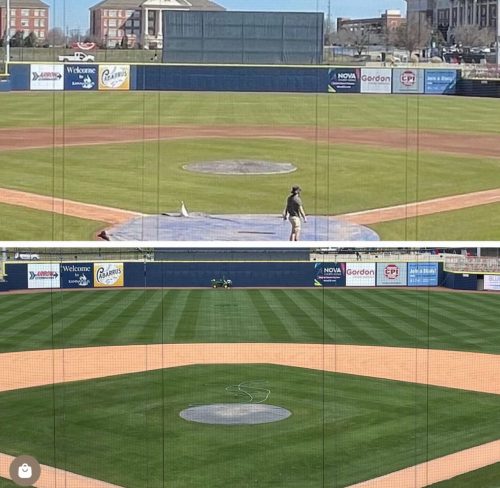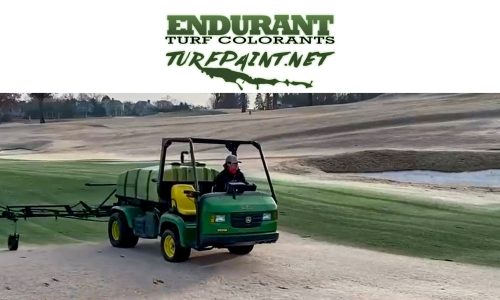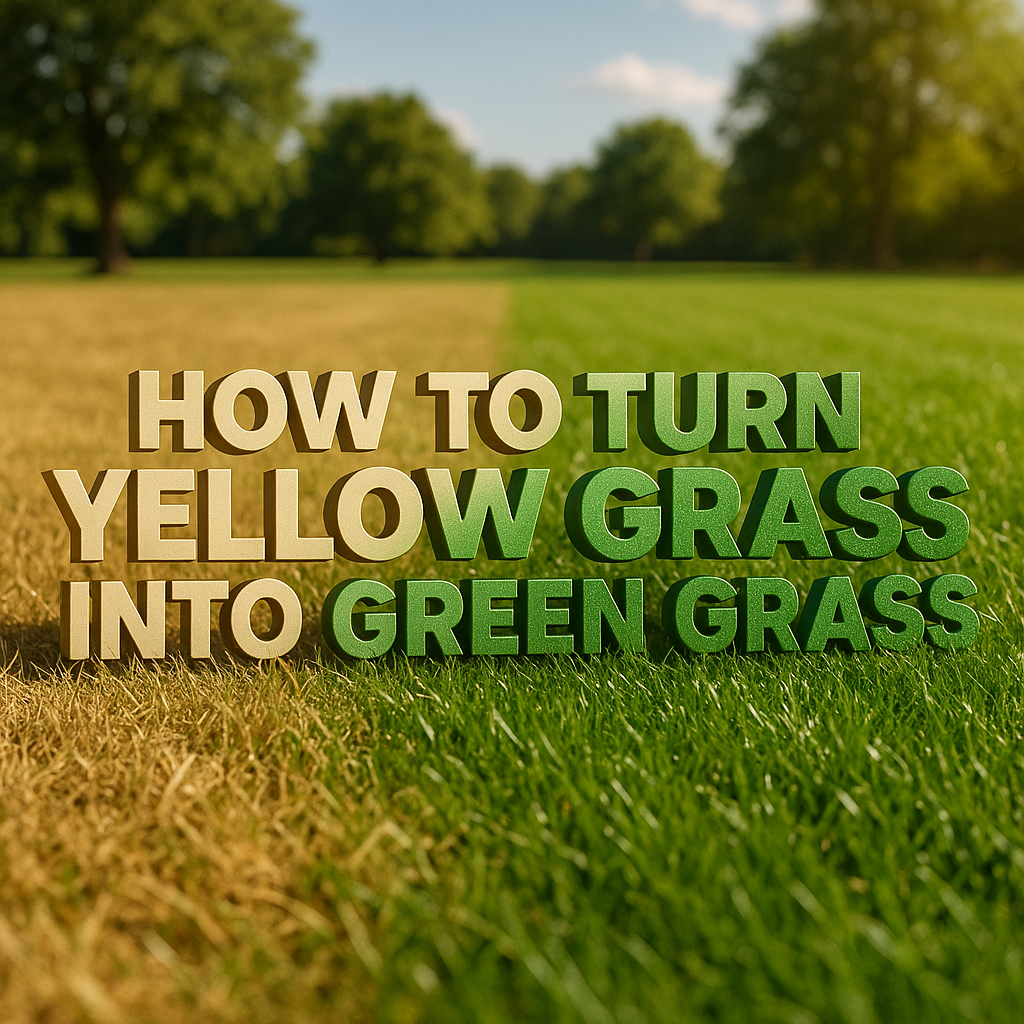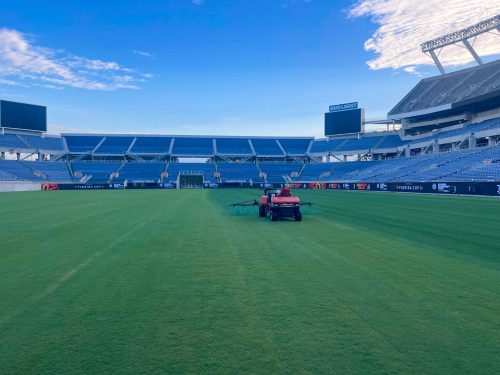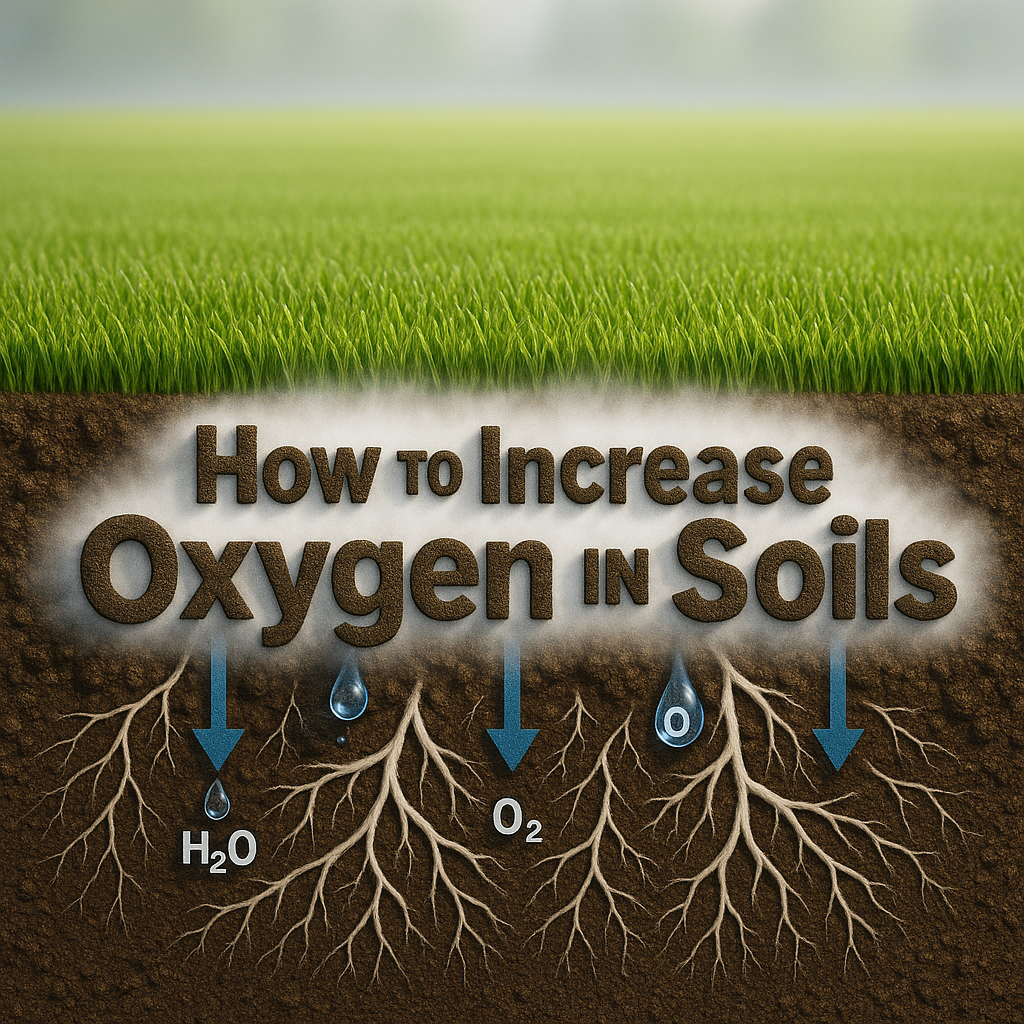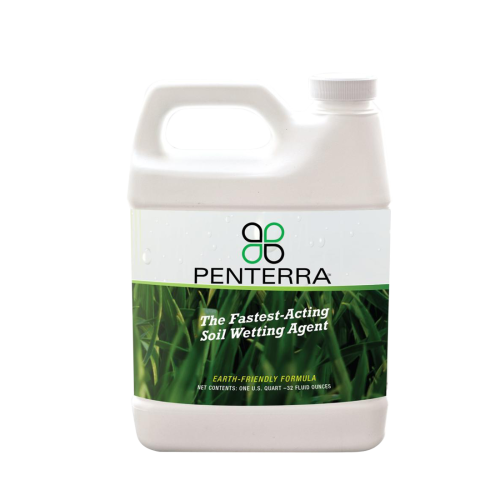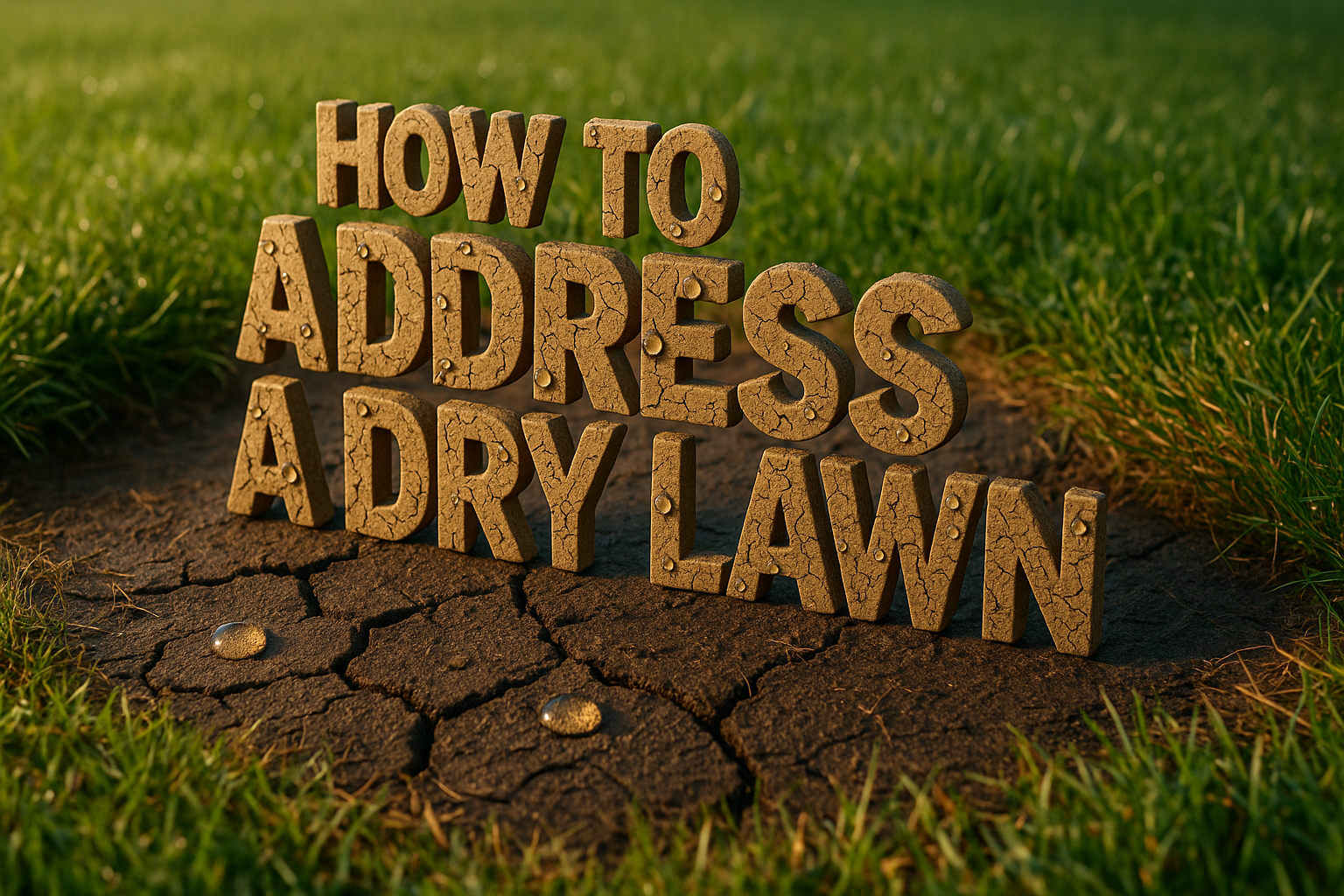Keeping your lawn green and healthy while conserving water is more important than ever. Whether you’re dealing with drought, rising water bills, or just trying to build better lawn habits, understanding how to retain moisture in your lawn can save time, money, and your turf.
This blog answers the top 10 most asked questions about lawn moisture retention—focusing on Humawet and Duration, two of the best wetting agents for homeowners, both available at SoilWettingAgents.com. (Coupon Code WIXPIX)
1. How Can I Help My Lawn Retain Moisture Better?
The key is improving water penetration and holding capacity:
- Use a wetting agent like Humawet or Duration.
- Mow high to reduce evaporation.
- Water in the early morning.
- Add compost and topdress regularly.
- Avoid shallow watering.
Humawet increases soil moisture holding and nutrient uptake. Duration provides a long-lasting wetting effect, ideal for lawns without irrigation.
“Managing paspalum in Ajman’s hot, arid climate, grown on calcareous soils and using local TSE water, high in both sodium and bicarbonate loads. has its challenges—particularly addressing localized dry spots (LDS) and inconsistent water infiltration. Since the course’s conception, Penterra and Humawet have been a staple in our agronomy program to aid in both turf performance and irrigation efficiency.Penterra quickly breaks through hydrophobic soil layers, making it ideal for curative spot treatments while we’ve depended on Humawet, with its longer-lasting moisture retention, to help maintain even hydration across the course. Together, they’ve significantly helped contain LDS incidence with improved water infiltration, and allowed us to cut back on irrigation volume without compromising turf quality.This wetting agent program has delivered real results in a very demanding environment.”Terrance Mohamed, Golf Course Superintendent, Al Zorah Golf Club, Ajman, UAE
2. What Type of Soil Holds the Most Water for Grass?
- Clay holds water but drains poorly.
- Sandy soil drains quickly and holds very little water.
- Loamy soil is ideal—retains moisture while allowing airflow.
If your soil is sandy or compacted, apply Humawet to help water penetrate and be retained. Duration is also highly effective in sandy or mixed soils.
3. Do Wetting Agents Help Retain Moisture in Lawns?
Absolutely. Wetting agents reduce surface tension, allowing water to move more freely into the root zone.
- Humawet is made with humic substances that improve long-term soil structure.
- Duration is an economical, fast-acting wetting agent that lasts weeks without needing reapplication.
They help:
- Break hydrophobic soil crusts
- Reduce runoff and evaporation
- Increase water-use efficiency
4. Why Is My Lawn Drying Out Even Though I Water It?
This usually points to soil repellency or compaction. Common causes include:
- Hydrophobic soil
- Poor irrigation coverage
- High thatch
- Shallow watering
Apply Humawet to rehydrate water-resistant soil. Duration is perfect when you want to treat soil without needing to water it in right away.
5. How Often Should I Water My Lawn to Retain Moisture?
- Water deeply 2–3 times per week.
- Target 1–1.5 inches of water weekly, including rainfall.
- Water early in the morning to reduce evaporation.
Combine this with Humawet every 3–4 weeks to extend moisture retention. Duration offers a convenient way to improve infiltration between watering cycles.
6. What Are the Best Lawn Care Practices for Conserving Water?
To cut down water usage:
- Use wetting agents like Humawet or Duration.
- Keep your grass longer (3–4 inches).
- Leave clippings on the lawn.
- Use Endurant Turf Paint to maintain color without overwatering.
- Mulch around beds and trees.
These steps help create a drought-tolerant, vibrant lawn.
7. Can I Improve Water Retention with Compost or Topdressing?
Yes. Compost and topdressing improve soil porosity and increase organic matter.
- Aerate your lawn.
- Apply a 1/4–1/2 inch layer of compost.
- Follow up with Humawet to distribute water effectively into amended soil.
8. How Can I Reduce Water Runoff on My Lawn?
To minimize runoff:
- Apply Duration or Humawet regularly.
- Aerate and dethatch compacted areas.
- Use curved, low-pressure irrigation heads.
- Add mulch or pine straw to slope edges.
Both wetting agents help water penetrate instead of sliding off.
9. Are There Lawn Products That Help Soil Absorb and Hold Water?
Yes! The two best products for homeowners:
Humawet
- Soil penetrant + humic acid
- Long-term soil improvement
- Safe for pets and kids after application
Duration
- Fast-acting and long-lasting
- No need to water in right away
- Great for DIY and hose-end sprayers
Both are available at SoilWettingAgents.com.
10. Does the Time of Day I Water Affect Moisture Retention?
Yes. Watering early in the morning (5–9 AM) allows water to soak in before sun and wind increase evaporation.
Evening watering can cause disease and fungus due to excess moisture overnight.
Apply Duration early in the morning to increase soil uptake and avoid standing water.
Quick Comparison: Humawet vs Duration
| Feature | Humawet | Duration |
|---|---|---|
| Base | Humic acid, soil penetrant | Long-lasting surfactant |
| Needs Watering In? | Yes | No |
| Application Frequency | Every 3–4 weeks | Every 3–4 weeks |
| Ideal For | Healthy soil, nutrient uptake | Dry zones, ease of use |
| Available At | SoilWettingAgents.com | SoilWettingAgents.com |
Where to Buy
Shop both wetting agents directly: 👉 SoilWettingAgents.com
- Humawet (32 oz): Powerful with humic acid
- Duration (32 oz): Fast-acting and low-maintenance
Final Thoughts: Retain Moisture. Save Water. Grow Greener.
With rising heat and limited water, retaining moisture in your lawn is not only smart—it’s essential. Products like Humawet and Duration help everyday homeowners:
- Stop overwatering
- Fix dry spots
- Improve soil performance
- Keep lawns green with less effort
Ready to water smarter? Explore Humawet and Duration today at SoilWettingAgents.com and give your lawn what it needs to thrive.
FAQs
Q: What is the best way to retain moisture in my lawn?
A: Use a wetting agent like Humawet or Duration, water deeply 2–3 times a week, and mow higher.
Q: Do I need to water after applying Duration?
A: No. Duration does not require immediate watering, making it ideal for areas without irrigation.
Q: Can I use Humawet and Duration together?
A: Not usually. Pick the one that fits your soil condition. Humawet is great for organic structure. Duration is ideal for fast, easy results.
Q: Where can I buy these products?
A: Both are available at SoilWettingAgents.com.
Q: How often should I apply these wetting agents?
A: Every 3–4 weeks during growing season.

